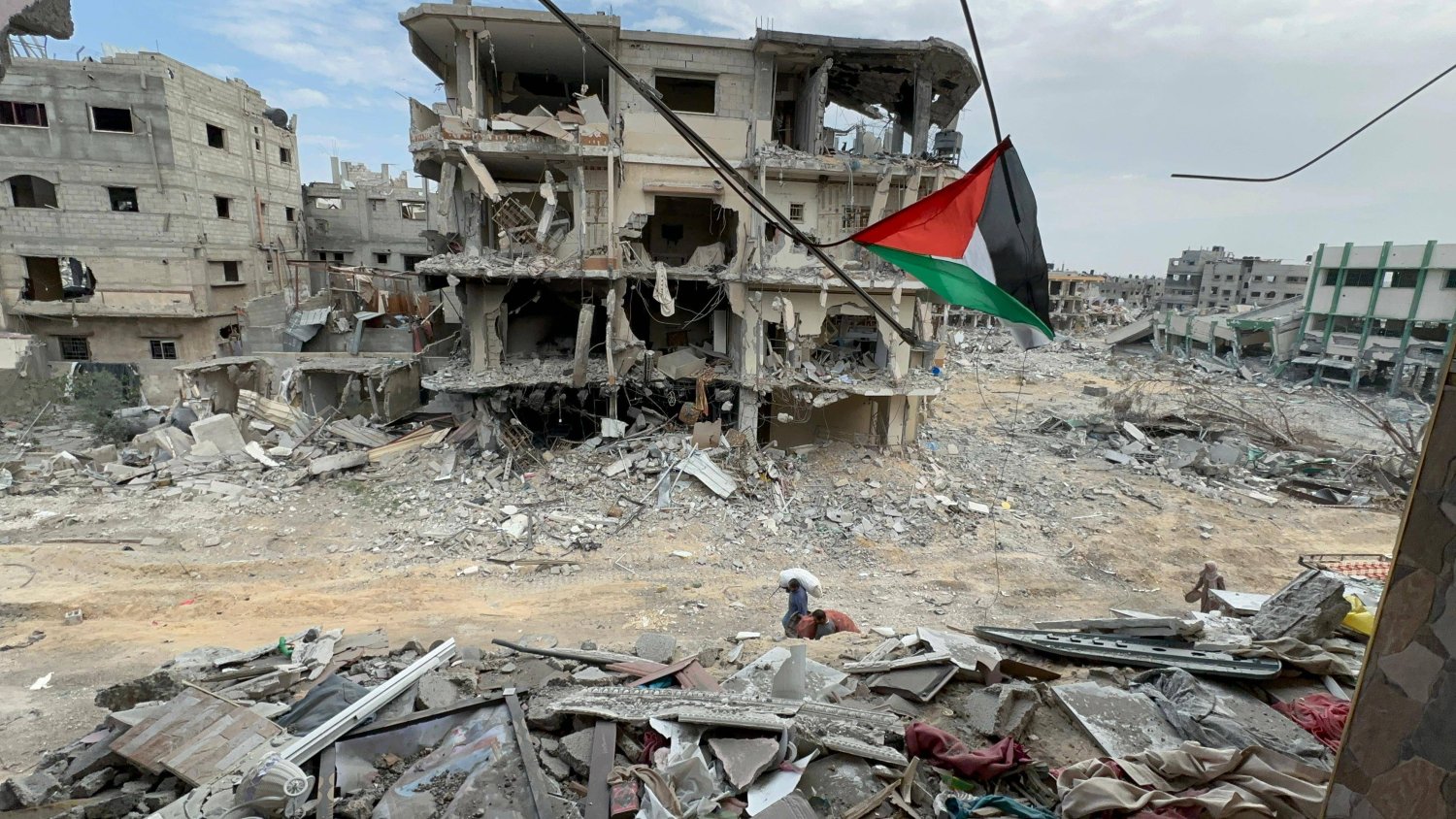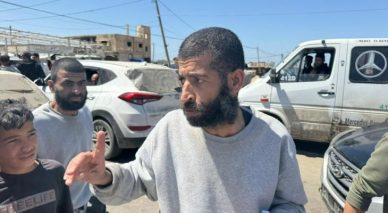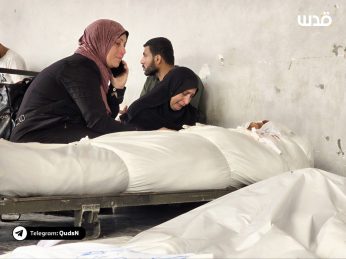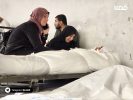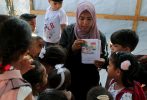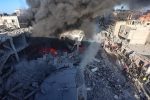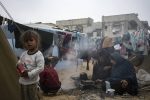GAZA, (PIC)
If you are among those who visited the Tal al-Sultan refugee camp in the northwest of Rafah city, located in the southern Gaza Strip, it is hard to believe what its conditions have become today after nearly a year of the brutal Israeli aggression against Gaza in general, and after about 130 days of a wide-scale ground invasion of the Palestinian city of Rafah in particular. The camp has turned into what resembles a ghost town due to the destruction by Israeli occupation forces of all its landmarks and their targeting of every corner within it.
Tal al-Sultan camp is one of the most densely populated camps, despite being established only 24 years ago. It contains hospitals, schools, and institutions affiliated with UNRWA, and is situated near the Egyptian border, making it a target for occupation forces, who consider the Rafah crossing and all adjacent lines to Egypt to be a direct cause of their defeat on October 7, according to Israeli claims.
At the onset of the Israeli aggression against Gaza following October 7, 2023, the direct targeting was focused on Gaza City and the north, as well as some central cities. The occupation intensified its bombardment on areas adjacent to the Gaza envelope where the Flood of Al-Aqsa events occurred, leading to the displacement of residents from the north and central areas to southern Gaza in the cities of Khan Younis and Rafah. The occupation’s aircraft continued to drop warning leaflets urging residents to leave their homes and head toward what they called safe areas, which included the camps of Rafah city, such as Tal al-Sultan.
Tal al-Sultan camp, once considered the most upscale neighborhood in Rafah, experienced significant overcrowding due to the influx of thousands of displaced residents from targeted areas. Its streets filled with tents, and its markets crowded with vendors. However, it was not completely safe, as the occupation army committed several massacres in the initial months of the war, though it was still safer than areas in the north.
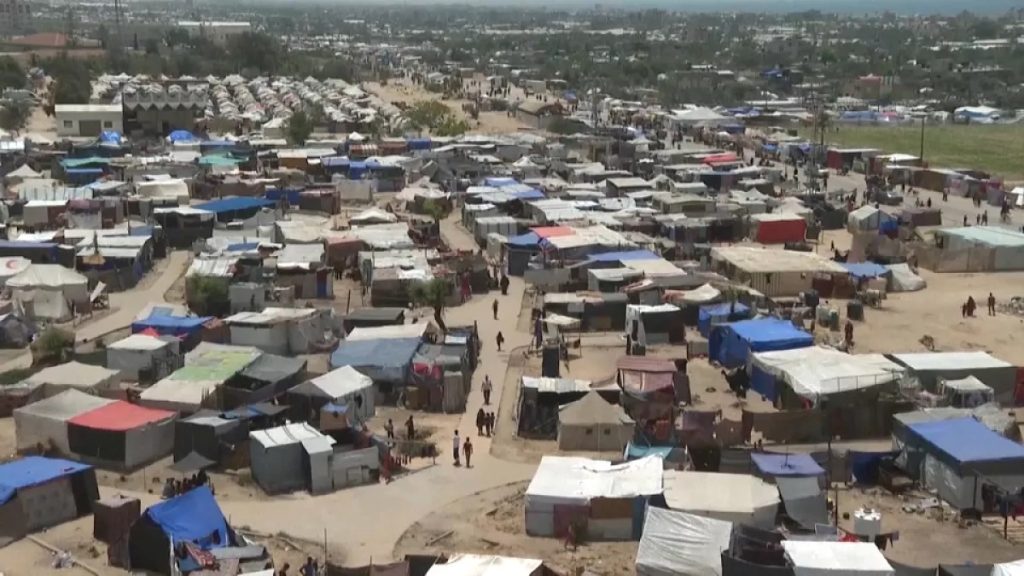
As the aggression entered its seventh month, the occupation army executed a plan to storm Rafah city, which at that time was home to over 1.2 million citizens, most of whom were displaced. The army began its gradual entry into the city on May 6, initiating a new bloody chapter in the suffering of Gaza’s residents.
Numerous massacres occurred in Rafah city and its camps, including Tal al-Sultan, since the ground invasion began. Among the most horrific was the massacre that took place on May 27, known as the “Tent Massacre,” which resulted in dozens being burned alive and hundreds injured due to an Israeli airstrike on the Kuwaiti Peace Camp located in the Tal al-Sultan neighborhood, turning tents and shelters to ashes.
The Israeli targeting of the Tal al-Sultan continued unabated, affecting all facilities including water, electricity, hospitals, and schools. The destruction of infrastructure exceeded 90%, prompting both displaced individuals and original residents to flee the neighborhood to central Gaza, northern areas, and some parts of southern Khan Yunis.
The situation worsened with Israel’s complete control over the Philadelphi Route and the destruction of the Rafah border crossing, which had served as an outlet for the entire population of Gaza, especially for those in Rafah and the Tal al-Sultan camp. The concept of safe zones has vanished, as even schools and hospitals, which were shelters for those without tents, have become continuous targets of Israeli attacks.
According to Rule 35 of international humanitarian law, which pertains to hospitals, safety zones, and neutral areas, it is prohibited to attack areas established to shelter the wounded, sick, and civilians from the effects of hostilities.
The first and fourth Geneva Conventions allow for the establishment of safe and recovery zones. The fourth Geneva Convention also allows for the creation of neutral zones, both types aimed at sheltering the injured, sick, and civilians from the impacts of conflict.
International humanitarian law governs the conduct of hostilities, and regardless of the legality of the decision to use force, all parties must adhere to international humanitarian law, as stated in a report by Human Rights Watch.
Tristino Mariniello, a lawyer at the Palestinian Center for Human Rights, stated that the attack on the safe area shows that Israel continues to ignore the International Court of Justice. He added, “These horrific images coming from Rafah demonstrate that the Israeli authorities are completely disregarding the binding interim measures issued by the International Court of Justice,” according to a report from Al Jazeera English.
Chris Gunness, a former spokesperson for UNRWA, mentioned that the three judges in the pre-trial chamber of the International Criminal Court are “horrified like the rest of the world” regarding the Israeli attack on Rafah. “There is no exception for the Genocide Convention. There are no excuses,” he said, calling it a crime.
International lawyer Daniel Matchhofer stated that the International Criminal Court should issue more arrest warrants following the Tal al-Sultan attack. He wrote on X: “There is an urgent need for additional requests to the ICC chamber from Prosecutor Karim Khan for arrest warrants against the Israeli chain of command regarding these well-documented international crimes.”
Francesca Albanese, an international lawyer and UN Special Rapporteur on the occupied Palestinian territories, described the Israeli bombardment as a “blatant challenge to international law and order.” She wrote on X: “The genocide in Gaza will not end easily without external pressure, Israel must face sanctions, justice, and the suspension of agreements, trade, partnerships, and investments, as well as participation in international forums.”
Despite these international condemnations and judicial rulings, the occupying army continued its aggression against civilians and residential areas, causing massive destruction in the Tal al-Sultan camp to the point where life there has become impossible, as almost all residential blocks were blown up.

